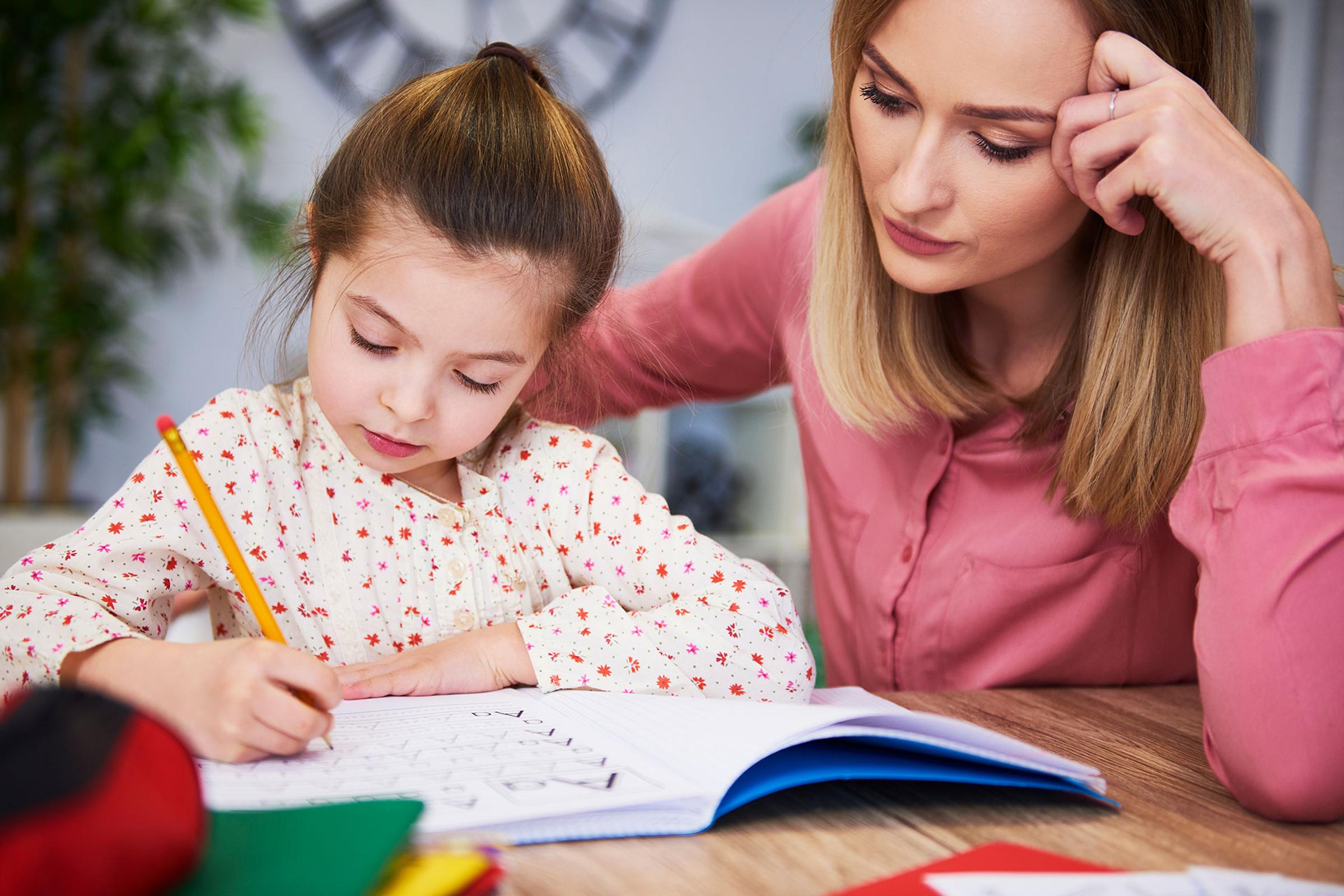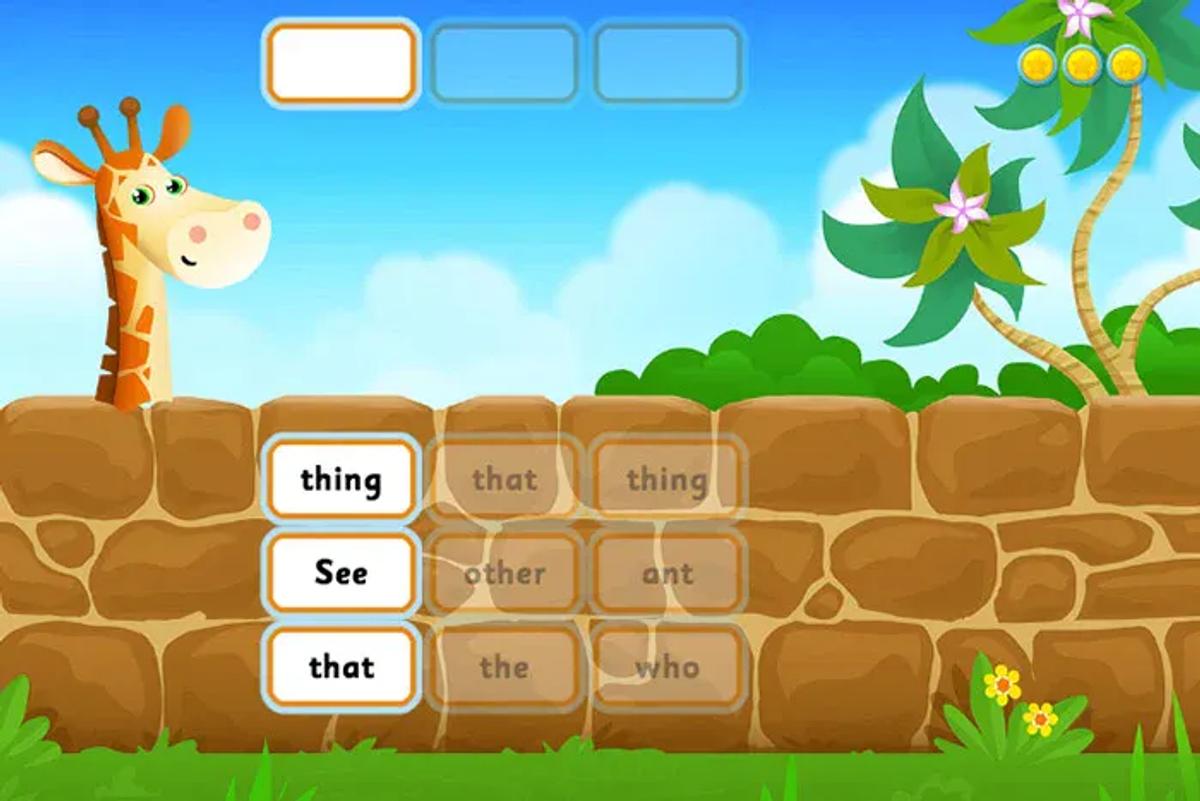Learning for our Parents

Helping in our partnership with building our children as strong and proficient readers
In our last edition of the newsletter, we shared 5 simple steps to support your child with reading at home. In this edition, we are sharing strategies 6-10 with families. Take a look below:
6. Play with letter magnets
Middle vowel sounds can be tricky for some children, which is why this activity can be so helpful. Prepare letter magnets on the fridge and pull the vowels to one side (a, e, i, o, u). Say a CVC word (consonant-vowel-consonant), for example, 'cat', and ask your child to spell it using the magnets. To help them, say each vowel sound aloud (/ayh/, /eh/, /ih/, /awe/, /uh/) while pointing at its letter, and ask your child which one makes a sound similar to the middle sound.
7. Harness the power of technology to keep your child engaged
Learning to read should be an enjoyable process to keep kids motivated to improve. Sometimes a child might be full of excitement and eagerness to learn at the beginning, but once they hit a wall can feel overwhelmed and give up easily. As a parent, it can feel impossible to pick up again and know where to fill in any gaps that may be causing frustration.
ABC Reading Eggs uses self‑paced lessons that match each individual child's ability. Children are regularly rewarded for completing activities and reaching new levels, which keeps them motivated to stay on track. Parents can also view instant progress reports to see how a child's skills are improving.
8. Read together on a daily basis and ask questions about the book
A lot of people don't realise just how many skills can be picked up through the simple act of reading to a child. Not only are you showing them how to sound out words, you're also building key comprehension skills, growing their vocabulary, and letting them hear what a fluent reader sounds like. Most of all, regular reading helps your child to develop a love of reading, which is the best way to set them up for reading success.
Strengthen your child's comprehension skills by asking questions while reading. For younger children, encourage them to engage with the pictures (e.g. “Do you see the boat? What colour is the cat?”). For older children, ask questions about what you've just read, like “Why do you think the little bird was afraid?” “When did Sophie realise she had special powers?”
9. Play games to memorise high-frequency sight words every day
Sight words are ones that cannot be easily sounded out and need to be recognised on sight. High‑frequency sight words are ones that occur very often in reading and writing (e.g. you, I, we, am, had, and, to, the, have, they, where, was, does).
The strategy for learning sight words is, "See the word, say the word". Learning to identify and read sight words is essential for young children to become fluent readers. Most children will be able to learn a few sight words at the age of four (e.g. is, it, my, me, no, see, and we) and around 20 sight words by the end of their first year of school. You can teach sight words by playing with flashcards and using reading programs like ABC Reading Eggs.
10. Be patient; the best way to teach kids to read is to make it fun!
Every child learns at his or her own pace, so always remember the single most important thing you can do is to make it enjoyable. By reading regularly, mixing things up with the activities you choose, and letting your child pick out their own books occasionally, you'll instill an early love of reading and give them the best chance at reading success in no time.
